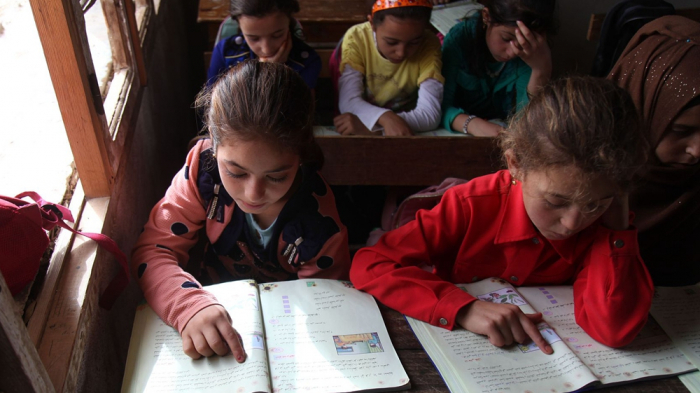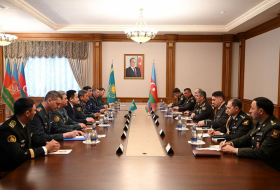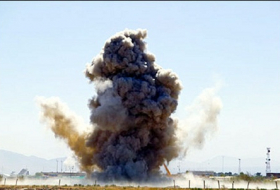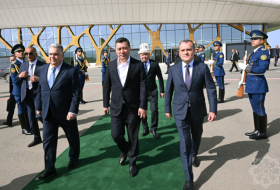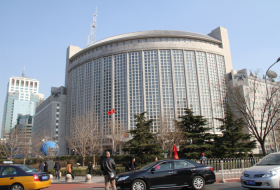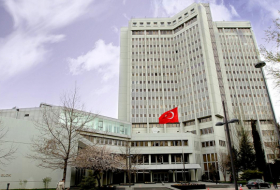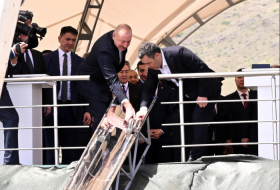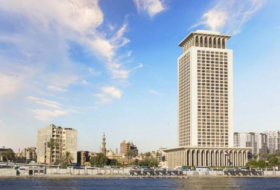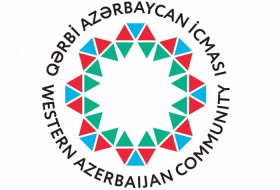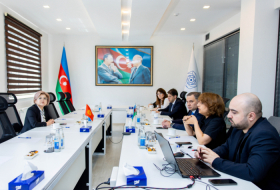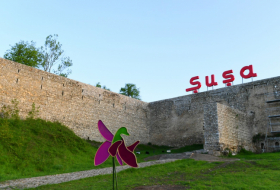UNESCO’s 2019 Global Education Monitoring Report, Migration, displacement and education calls the countries to ensure that immigrants and the displaced persons are integrated into their national education systems.
According to the census and mid-censual survey data from 1990, 2000 and 2005, non-migrant children were more likely to be enrolled in school rather than immigrant children or children left behind.
The report revealed that immigrant children and youth missed totally 1.5 billion days between 2016 and 2018. Relatively, some countries fail to ensure the right to education for all children in their national education systems, regardless of their migration or legal status. However, “Pakistan is not a signatory of the 1951 Refugee Convention, but its constitution, as amended in 2010, guarantees the right to free, compulsory education for all children aged 5 to 16, with no discrimination between citizens and foreigners”, the report said.
In low-income countries, half of the displaced children are under the age of 18. In high-income countries, nearly 15% of the student population in half of the schools is immigrant young people. They face many challenges in terms of getting access to quality education. The report found that in many countries, such as Australia, Indonesia, Malaysia, Mexico, Nauru and Thailand, asylum-seeking children and youth in detention have poor or no access to education.
“Education is also a critical path to integration into society and the best investment in sustainable development. It provides migrant children with opportunities for their advancement as well as a chance to contribute both to their country of residence and, in many cases, eventually also to their country of origin”, said Louise Arbour, Special Representative of the United Nations Secretary-General for International Migration.
The strict documentation requirements such as birth certificates, school-leaving certificates and diplomas, prevent the immigrant children and youth to get admission to the schools and institutes. For instance, documented immigrants living in South Africa can enjoy their right to education in comparison with migrants without documents. Nevertheless, the Islamic Republic of Iran allows schools to admit both documented and undocumented Afghan children. Also, Lebanon exempted Syrian students from documentation requirements and completion certificates to enable them to sit national exams by creating non-informal opportunities for them to catch up.
Also, poor language skills create difficulties for older immigrant children and youth for including in national education systems, which also influence their social integration and getting good job opportunities. In Greece, Immigrant children lacking the Greece-language skills stopped going to school. In the case of Rohingya refugees, Bangladesh has not been interested in supporting non-UN agencies providing language services.
However, Chad transformed more than 100 refugee schools into regular public schools in 2018 solving problems regarding the language of instruction, recognition of diplomas and the threat of loss of culture and national identity, the report said.
“Lack of language proficiency is an educational disadvantage. In 2012, an average of about 53% of low-literacy first-generation immigrant students in 23 high-income countries received remedial courses, from 13% in Slovenia to almost 80% in Finland”, the report highlighted.
The figures suggest that in high-income countries, the number of immigrant students is presumed to reach 22% by 2030 which rose from 15% in the mid-2000s to18% in the mid-2010s. Most notably, they lag behind the local students at schools. In 2017, twice as many youths born overseas as local youth left school in the EU countries. However, in Organization for Economic Co-operation and Development (OECD) countries, first-generation immigrant students were 32% less likely and second-generation immigrants 15% less likely than local students to achieve basic skills in mathematics, science and reading in 2015.
Resources can also put restrictions on refugee children and youth. Lebanon and Jordan, which host the highest number of refugees per capita, do not have enough resources to build more schools. Instead, they have created separate morning and afternoon schools shifts for locals and refugees limiting the integration of the refugees.
Another reason why the refugees don’t have access to quality education is that teachers lack skills for teaching multilingual classrooms and providing children with psychosocial support. Therefore, Germany needs more than 40,000 teachers, Turkey 80,000 and Uganda 7,000.
To guarantee the inclusion of education for everyone, many countries have taken increasingly bold steps. In Ethiopia, refugees have access to national schools and local children have access to refugee schools. Also, Turkey aims to give access to all Syrian refugee children to public schools by 2020 like the other seven countries in East Africa. Uganda has already fulfilled the promise. As intercultural education is one of the best ways to deal with the exclusion from the national education system, it was added as a stand-alone subject and integrated into the curriculum in the education systems of Belgium, Canada, Ireland, Italy, the Netherlands, Sweden and the United Kingdom.








